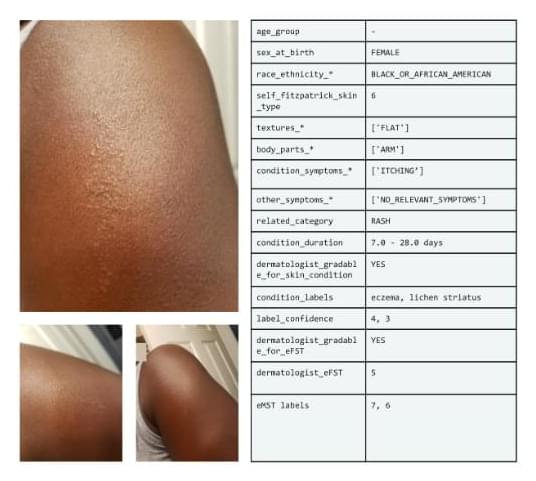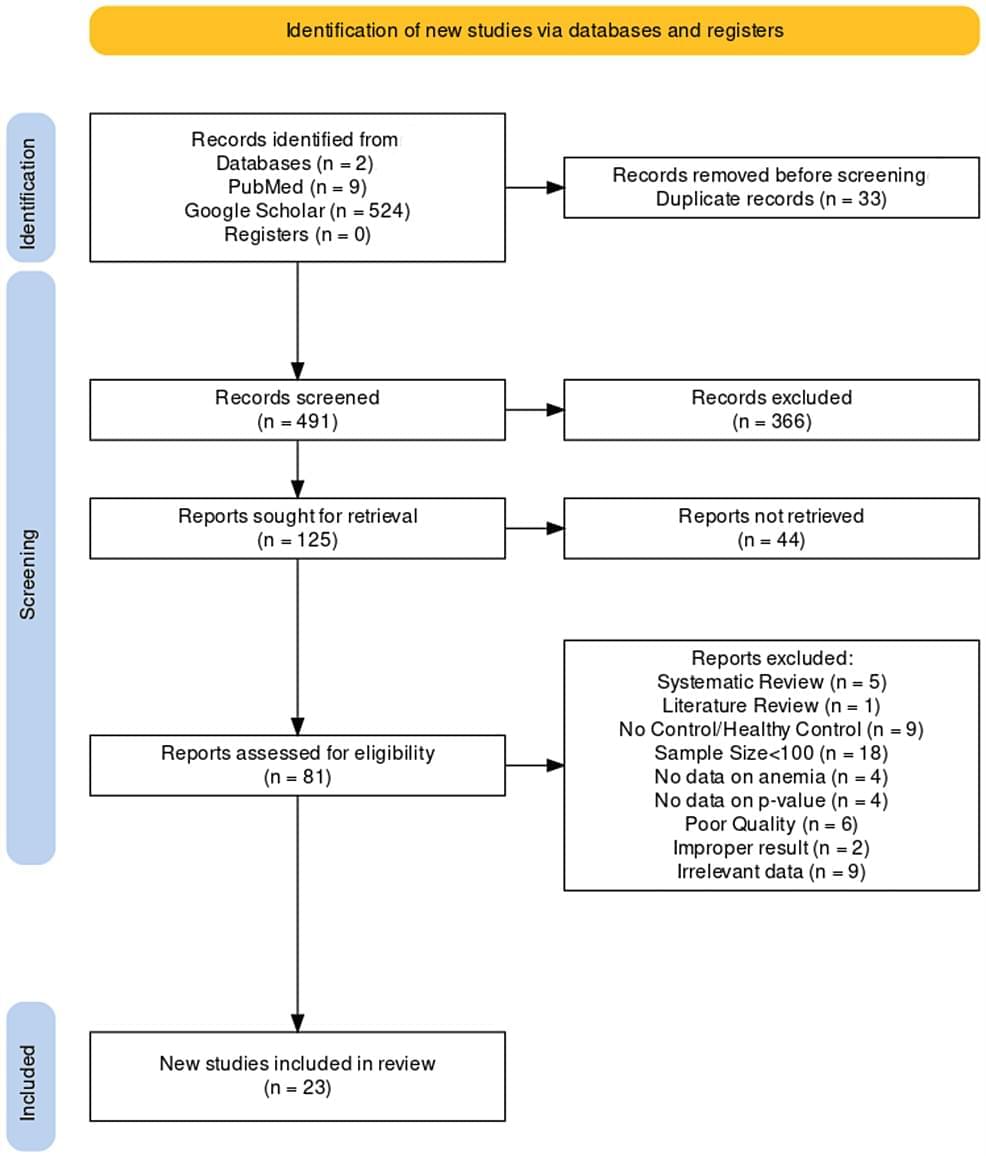Mar 20, 2024
SCIN: A new resource for representative dermatology images
Posted by Cecile G. Tamura in categories: biotech/medical, education, health, robotics/AI
Google Research releases the Skin Condition Image Network (SCIN) dataset in collaboration with physicians at Stanford Med.
Designed to reflect the broad range of conditions searched for online, it’s freely available as a resource for researchers, educators, & devs → https://goo.gle/4amfMwW
#AI #medicine
Continue reading “SCIN: A new resource for representative dermatology images” »


















